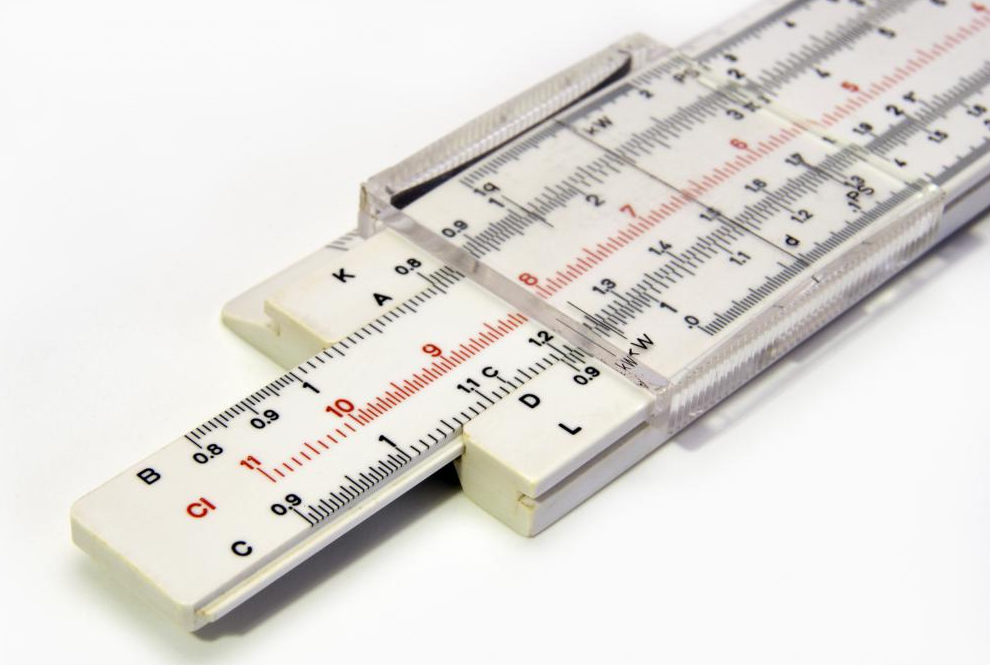Where Do New Product Ideas Come From?
June 17, 2025
Just about anywhere, of course. But here’s one way to generate them nearly every day.
A simple, straightforward method that can be applied every day is observation coupled with “seeing what others don’t see.” Here are two examples from Tom Anderson, Jr., CEO of Digital Check Corporation, the world’s leader in producing check-scanning equipment for banks and their business customers in more than 100 countries. The first instance paid off in the launch of the company nearly sixty years ago that eventually became today’s Digital Check, now in its third generation of family ownership.
Tom Jr. told the story during a “fireside chat” interview with me for about eighty middle-market business owners, CEOs, and presidents in September.*
Solving a Problem No One Knew Existed
The idea came to Tom’s father, Tom Anderson, Sr., in 1957 while he was relaxing at day’s end with other paper salesmen during an annual industry meeting. They were passing around a new “punch card” from IBM that carried the 35mm image of a large document on what was known as “microfilm.” The combination of image and card was revolutionary because now millions of large paper documents (architectural and engineering drawings, for instance) could be moved much more efficiently and without nearly as much paper.
Tom Sr. noticed that while the card was relatively sturdy the film was not; it would surely suffer abrasion when stacked in a deck and rubbing against other cards also containing microfilm. To make his point, he borrowed a pack of cigarettes (ubiquitous at the time) and instead of lighting up he peeled off the cellophane wrapper and deftly placed it over the 35mm image. He shared his innovation with the other sales reps but didn’t get much reaction. They saw the same card but did not recognize the importance and commercial potential that Tom Sr. did.
In less than five minutes the idea for a new-to-the-world product was born. In two years a company to produce patented “suspension” aperture cards was launched by the first generation of a family business that thrives today.
Same Product, New Channel
The second idea also spawned by observation occurred to Tom Anderson, Jr., as he saw the similarities between his company’s check-scanning machines and the Pitney Bowes postage meters.
For two decades the company continued to grow by producing new and upgraded versions of the analog suspension aperture card. Key competitors, in various ways, included giant companies such as IBM, 3M, and Kodak. As the world moved to digital from analog, the company looked for a niche market for the scanning equipment it was developing. Though very small domestically at the time (checks were cleared physically and transported by airplane to clearinghouses for that purpose) check-scanning equipment looked like it would eventually be that market. Good news was that it would likely be too small for the giants to bother with.
So, Digital Check focused on producing scanners for reading checks and became the world leader in what at the time was a very small market. Always looking for ways to expand Digital Check significantly, Tom Jr., like his father, noticed something. One day while looking at the Pitney Bowes postage meter machine in his office Tom thought “Why can’t a check scanner be to the banking system what a postage machine is to the Post Office?” Nearly every office used postage machines, saving time and energy for the companies and for the Post Office. Why couldn’t check scanners fill that role for banks and their customers?
Unfortunately, despite efforts to create a market, it was an idea whose time had not yet come. But when the 9-11 tragedy grounded all aircraft, the banking system itself nearly ground to a halt, exposing unacceptable vulnerability for the entire economy. Congress then passed legislation that enabled checks to be cleared by using images instead of the physical checks themselves. A new market was born, and Digital Check stood ready to serve an important and immediate need.
Although Digital Check is a client of ours, we take no credit for any of its product innovations. However, we have developed a process for helping companies think through ways to identify opportunities for new products and develop ideas for those new products. If you would like more information, please contact us att 847-446-0008 Ext. 1 or pkrone@productivestrategies.com .
*The Presidents’ Symposium, hosted on September 15 by the nonprofit Entrepreneurship Institute at the University of Chicago’s Gleacher Center.
The post Where Do New Product Ideas Come From? appeared first on Productive Strategies, Inc..










